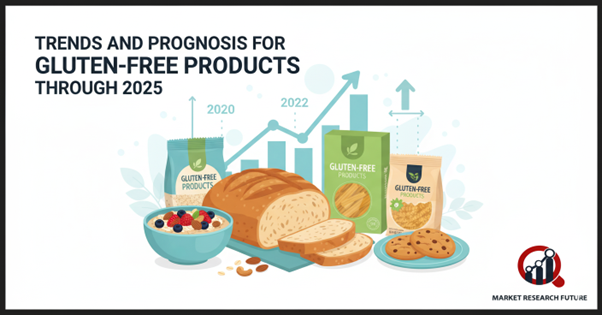
From Specialty to Commonplace: Gluten-Free
Gluten-free products have become commonplace staples in recent years, moving from specialized dietary options. These products, which were first well-liked by people with celiac disease or gluten sensitivity, are now sought after by health-conscious consumers who want to improve their digestion, energy levels, and general well-being. This trend has been accelerated by growing knowledge of gluten-related disorders and the idea that following a gluten-free diet is healthier, which has led to strong demand for a variety of food categories.
Every Shelf Is Innovative
In response, food companies are coming up with creative gluten-free options that are convenient, tasty, and nutritious. Banza's new line, for instance, combines chickpeas and brown rice to enhance texture while preserving the nutritional advantages of legumes. Along with additional safety certifications for pesticide residues, this product is certified gluten-free, vegan, non-GMO, kosher, and allergy-free.
By releasing gluten-free versions of well-known products that use real cheese and premium ingredients without sacrificing flavor, snack companies like Cheez-It have also embraced the trend. These developments demonstrate how producers are satisfying consumer demand for healthier substitutes without sacrificing flavor or quality.
Retail Techniques: Providing Access to Gluten-Free
A key factor in the expansion of the market is the availability of gluten-free products in retail establishments. Large retailers and supermarket chains are setting up special gluten-free sections, and in-store dietitians help customers make educated decisions. Additionally, gourmet stores and specialty bakeries are increasing their gluten-free menus while offering individualized service and carefully chosen options.
Stores such as Whole Foods Market keep expanding their gluten-free product lines, boosting customer confidence and establishing these items as standard shopping items.
Europe and North America are the Leading Regions
Due to rising consumer awareness and the acceptance of gluten-free diets for general health, North America remains the market leader for gluten-free products. Consumer confidence has been bolstered by increased retail availability, improved product variety, and labeling regulations. Particularly in the United States, gluten-free innovation and widespread adoption continue to flourish.
Significant growth is also being seen in Europe, where sales of gluten-free baked goods and snacks have increased in nations like France, Germany, and Italy. A wider range of consumers will find gluten-free products more appealing as manufacturers invest in state-of-the-art production facilities to enhance taste, texture, and availability.
Breaking Through the Price Barrier
Despite their widespread use, gluten-free products are frequently more expensive because they require specific ingredients and manufacturing techniques. Accessibility may be hampered by these expenses, particularly for customers without dietary restrictions.
Local projects and governments are stepping in to assist. For example, a prepaid subsidy card program in Wales helps people with celiac disease and gluten intolerance buy gluten-free products at supermarkets and online retailers at a lower cost.
Prospects for the Future: Development and Possibilities
The market for gluten-free products is expected to grow as lifestyle modifications and health-conscious diets continue to shape consumer preferences. Accessibility and customer adoption will probably be improved by more innovative products, expanded retail availability, and encouraging initiatives.
Even though production costs are still high, producers and merchants are well-positioned to increase product selection, enhance quality, and guarantee that gluten-free options continue to be popular. The gluten-free market has a promising future as it continues to strike a balance between flavor, health, and nutrition.